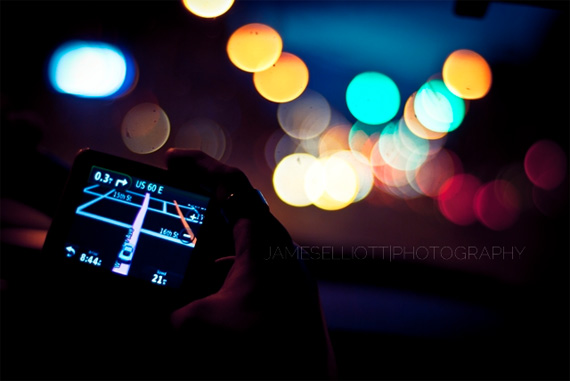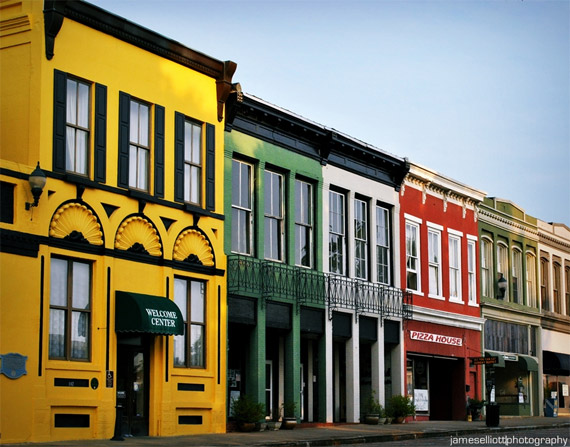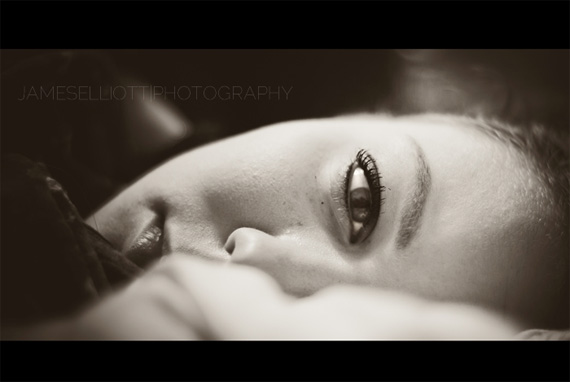 |
|
Posted: 04 Mar 2012 05:46 PM PST
I get a lot of questions from photographers new to the profession asking how to best begin their work or more so, how to hit the ground running. Usually my answer is pretty vague (arguably unhelpful) and reads something like, "It really is to each his own. Get a good camera, take great pictures, and find a niche that fits you."
As these questions have become more and more common I've decided to put together a little guide to really help those of you who are just into photography or are thinking about joining the fray. Below is a list of things that will best set you off in the right direction – We'll call it the 'The Photographer's Starter Kit'. 1. The DSLR – Your new best friendFirst and foremost you are going to want get yourself a nice DSLR. Be sure to get one that comes with a lens, most commonly it'll be an 18-55mm, as the camera body and lens will be the bread and butter to your photography. Now don't kid yourself, this isn't a cheap hobby. With that being said there are some great entry-level DSLR's at reasonable prices. The Nikon D5100 and Canon EOS Rebel T3i are the first that come to mind. Both cameras boost excellent quality, ease of use, and a price point around $800 with a kit lens from certain retailers. Then you will want to spend time learning everything there is to learn about your new camera. Don't be afraid to pull out the manual and get acquainted. Knowing your camera means knowing your craft.2. A Tripod – Your three-legged acquaintanceThe next thing you should considering getting is a tripod. While it may not seem as important as some of the other items on the list I assure you that you'll find yourself using it more often than not. Tripods are essential for sharp photographs in low-light or similar situations. They're also needed for HDRs, Panoramas, and pictures using a slow shutter speed. A great starter tripod is the Oben AC-1410.3. A Telephoto (or zoom) Lens – Your back-upWhile it's not exactly necessary, the more serious photographer will eventually find themselves wanting or needing another lens. The first deviation from their kit lens should be a telephoto lens. This will open you up to a whole new world of photography that you may have not known existed. Nikon, Canon, and even third party lens-makers like Sigma offer great telephoto lenses. Be careful that the lens you're looking at is compatible with your current DSLR. As a Nikon man I recommend the Nikon 55-300mm f/4.5-5.6G or the Sigma 70-300mm f/4-5.6 (Sigma also offers this same lens for Canon).*Important Note – If you're at the point where you're acquiring new lenses and accessories then you're also going to need something to put all this stuff in. There are tons of bags and back-packs out there, just find the one that suits your needs and price range. 4. Adobe Lightroom 3 / Photoshop CS5 – Your digital darkroomIf you want to get the most out of your work then you're going to need some professional software to process your images. Adobe products are the industry standard for photo processing and enhancements. Lightroom and Photoshop work hand in hand to help photographers get the very best from their photographs. It's not necessary to have both as Lightroom serves as an advanced processing tool; allowing you to do all things from cropping, exposure adjustment, color enhancements, sharpening and contrast adjustments, and even a bit more. Photoshop does all of the above and even more, but it is a touch more complicating to use, as well as much more expensive. If you're serious about your work you'll want to pick one if not both up.5. The Internet – Your FreebieYou're using the internet right now. In fact you're reading an article about improving your photography, which means you're already heading in the right direction! This is your freebie. The internet is filled with thousands of great photography outlets; so use them to your advantage. Take time to read some articles on improving your skills. Maybe you could improve your composition, or maybe your technical skills need some brushing up – I assure you there's help out there.So that's it, your basic starter kit for photography. Hopefully this helps you in some way, and maybe even opens the door for you to the wonderful world of photography. Good luck, Happy Shooting. About the Author: James Elliott is an award winning photographer and creator of Through the Lens – the art and tech blog curated by himself and others. The site offers more tips, inspiring art, and featured artists. Go to full article: Getting Started in Photography What are your thoughts on this article? Join the discussion on Facebook or Google+ Article from: PictureCorrect Photography Tips |
|
Posted: 04 Mar 2012 12:44 PM PST
Professional advertising photographer, Julius Ise had long held the desire to attempt black light photography. Black light photography involves shooting subjects under ultra violet lights and excluding most if not all, visible light. The results are often highly colored and powerful looking images (for those of you reading this by email you can see the video here):
Using special fluorescent colors and make up often used in the theatre industry, Julius's models were given the look of African warriors. In order to make sure the correct look was created, the make up artists worked under the same UV lights to be used in the shoot. The studio set up was as follows:

Portrait Photography with a Black Light
For tutorials on other types of photography effects, check out Trick Photos 2.0 Go to full article: Black Light Portrait Photography What are your thoughts on this article? Join the discussion on Facebook or Google+ Article from: PictureCorrect Photography Tips |
Tags:
Photography Learning








0 comments:
Post a Comment